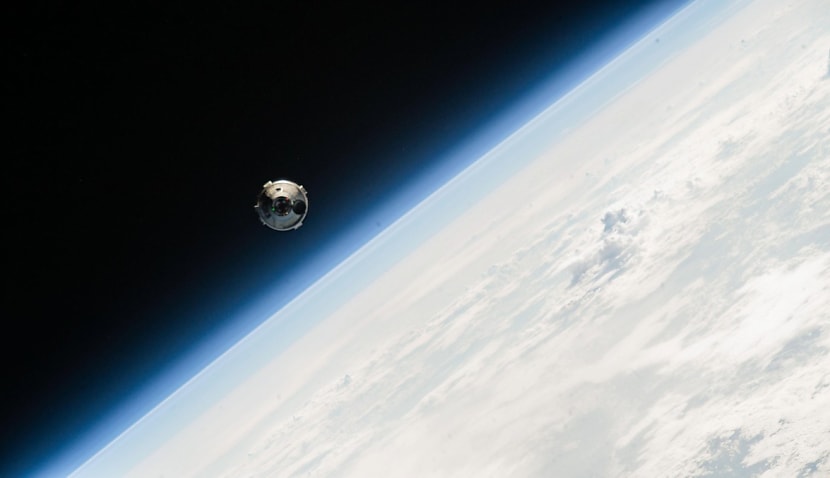
However, the space agency has yet again played down concerns regarding the thruster and helium leak problems encountered after launch, insisting the spacecraft remains cleared for return in case of an emergency.
The news means astronauts Barry “Butch” Wilmore and Sunita “Suni” Williams are effectively stranded in the space laboratory, having originally been set to return home after a week onboard.
Starliner finally blasted off to the ISS earlier this month on its historic first crewed mission after a series of delays.
In a new statement, NASA said the move “deconflicts” Starliner’s undocking with a series of spacewalks and would allow its team time to review propulsion system data.
“We are taking our time and following our standard mission management team process,” said Steve Stich, manager of NASA’s Commercial Crew Program.
“We are letting the data drive our decision making relative to managing the small helium system leaks and thruster performance we observed during rendezvous and docking.
“Additionally, given the duration of the mission, it is appropriate for us to complete an agency-level review, similar to what was done ahead of the NASA’s SpaceX Demo-2 return after two months on orbit, to document the agency’s formal acceptance on proceeding as planned.”
NASA added that mission managers are now “evaluating future return opportunities” following the station’s two planned spacewalks on Monday, 24 June and Tuesday, 2 July.
“Starliner is performing well in orbit while docked to the space station,” said Stich. “We are strategically using the extra time to clear a path for some critical station activities while completing readiness for Butch and Suni’s return on Starliner and gaining valuable insight into the system upgrades we will want to make for post-certification missions.”
It comes after Space Connect reported last week how NASA found a fifth helium leak on Starliner, though insisted the spacecraft has “plenty of margin” to support the trip back to Earth.
NASA uses helium to keep hot gases and ultra-cold liquid fuel separated during blast-offs, which is why it had the potential to affect both the lift-off and undocking.
“Only seven hours of free-flight time is needed to perform a normal end-of-mission, and Starliner currently has enough helium left in its tanks to support 70 hours of free-flight activity following undocking,” NASA said previously.
Work carried out on Starliner before it returns home includes firings of several aft-facing reaction control system (RCS) thrusters. Five were shut down as Starliner approached the ISS before controllers restored four to allow docking.
“We feel very confident in the thrusters and the team is just making sure to go look at the thrusters in detail across the whole flight,” said Stich last week.
The current mission is the final test flight before NASA certifies the vehicle for regular operational missions starting as soon as next year.
Starliner was initially due to blast off to the ISS earlier last month, but the first attempt was scrubbed at the last minute because of a faulty valve on the rocket’s Centaur upper stage.
A subsequent try on 17 May was also repeatedly delayed, this time due to a helium issue. Finally, a third problem was found to be linked to a flange in a thruster in the spacecraft’s service module.
May’s scrubbed launches are the latest in years of issues for Starliner, which Boeing hopes will be able to regularly send US astronauts into space much like SpaceX’s Dragon capsule.
Starliner’s first attempt at a flight without humans onboard failed in 2019 due to software glitches, but it eventually docked with the ISS in May 2022.

Adam Thorn
Adam is a journalist who has worked for more than 40 prestigious media brands in the UK and Australia. Since 2005, his varied career has included stints as a reporter, copy editor, feature writer and editor for publications as diverse as Fleet Street newspaper The Sunday Times, fashion bible Jones, media and marketing website Mumbrella as well as lifestyle magazines such as GQ, Woman’s Weekly, Men’s Health and Loaded. He joined Momentum Media in early 2020 and currently writes for Australian Aviation and World of Aviation.
Receive the latest developments and updates on Australia’s space industry direct to your inbox. Subscribe today to Space Connect here.









